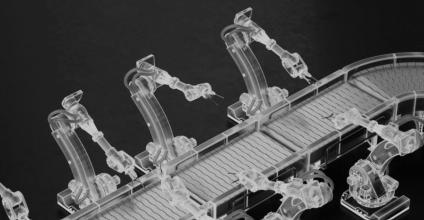
The Continuous Circle of Edge AI - Why the Future of Intelligence Lives Outside the Datacenter
By Paul Miller, CTO, Wind River The technology industry has spent the better part of the last decade pushing workloads away from physical infrastructure and toward centralized...
6 days 1 hour ago








